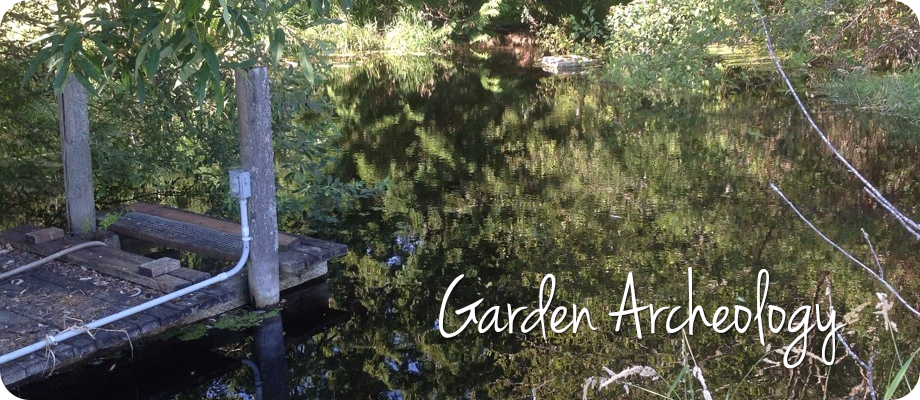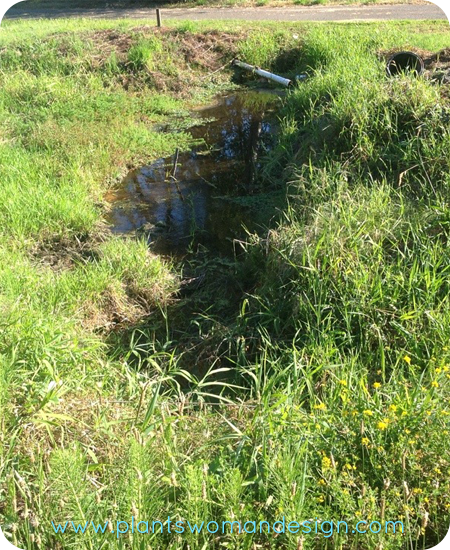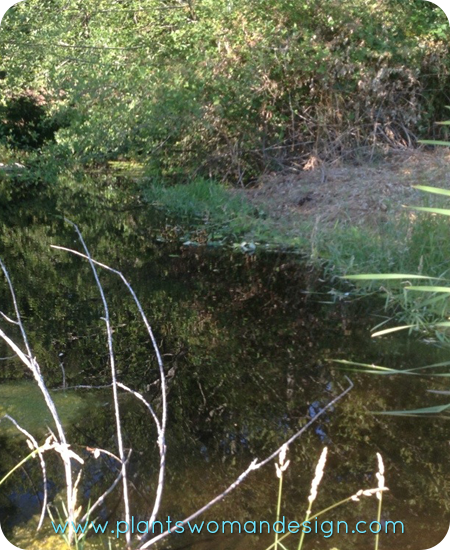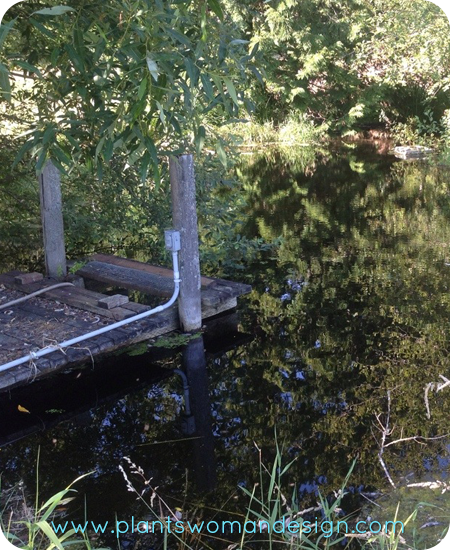“Landscape archaeology is the study of the ways in which people in the past constructed and used the environment around them. Landscape archaeology is inherently multidisciplinary in its approach to the study of culture, and is used by both pre-historical, classic, and historic archaeologists. The key feature that distinguishes landscape archaeology from other archaeological approaches to sites is that there is an explicit emphasis on the study of the relationships between material culture, human alteration of land/cultural modifications to landscape, and the natural environment. The study of landscape archaeology (also sometimes referred to as the archaeology of the cultural landscape) has evolved to include how landscapes were used to create and reinforce social inequality and to announce one’s social status to the community at large.”
Above is the definition of Garden archeology or Landscape archaeology as defined by Wikipedia. I find it interesting that the evolution of this type of archeology includes how the garden/landscape was about social status. Growing up I always thought of people with gardens as poor. They had to grow their own food, not just go buy it. Somehow, in my mind, it was because they didn’t have the money, not that they would do it because they could. My Mom experienced this growing up. Their meals consisted of what her dad could catch, or they could catch as children. She grew to dislike clams, mussels and fish because that was all they ever got to eat. We (as kids) grew up eating meat, never fish or shellfish because of my mom’s view of what was acceptable and her idea of success. Now I view fish and shellfish as amazing and expensive and home grown produce as the freshest and best way to eat. Funny how the pendulum swings…
Now I know as I start to talk about the garden here at Beach Ave we aren’t talking true ‘archeology’. But this simple garden does have history and the evidence of its past can either be embraced or discarded at my whim. There is no definite historical significance to the garden here but there is a history of a place that was cultivated, planned, and enjoyed. Knowing that someone planned the ponds, put fish in them for grand-kids to fish for and places to swim adds a close emotional element as I plan their restoration.
I regret that I didn’t really try to understand or explore my last garden. The original owner (not the ones I bought from) had built a gazebo with Chinese characters around the walls, a concrete pond with waterfall, and an old oriental cart as decoration left out in the garden. Now I wish I would have found something out about the history. Those things are still there but their history is unknown. Is it important? It is not? What do you think?
Here are some pictures of existing ponds and elements in their current state at the beach garden. I am excited to see and share the changes and growth of a new garden on old soil.





